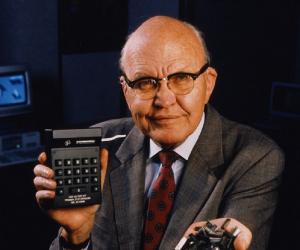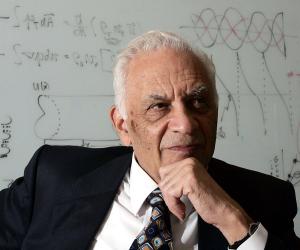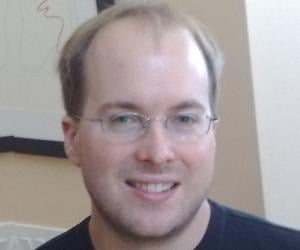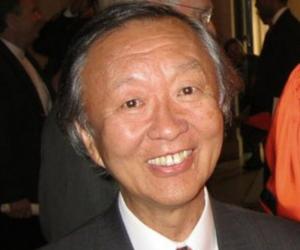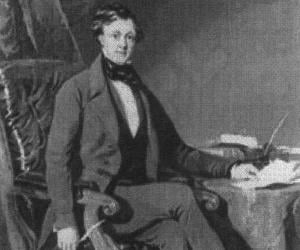Nobel Prize-winning engineer Jack Kilby is best remembered for his contribution to the development of the integrated circuit. Born to an electrical engineer, he had his first brush with gadgets as an amateur radio operator. Initially a Texas Instruments employee, he later also taught at the Texas A&M University.
Amar Bose was an American academic, entrepreneur, sound engineer, and electrical engineer. Bose served as a professor at MIT for more than 45 years. He is also credited with founding a manufacturing company called Bose Corporation where he served as the chairman. In 2008, Amar Bose was inducted into the National Inventors Hall of Fame.
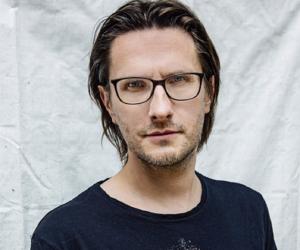
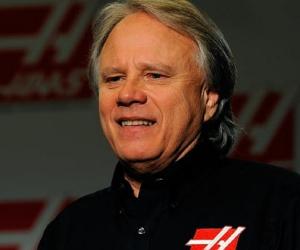
Paul Buchheit is an American entrepreneur and computer engineer. He is credited with creating Gmail and developing a prototype of Google AdSense. In 2007, he launched FriendFeed, which was later acquired by Facebook. In 2011, Paul Buchheit was honored with the Economist Innovation Award. Also a noted philanthropist, Paul Buchheit has made donations to several health organizations.
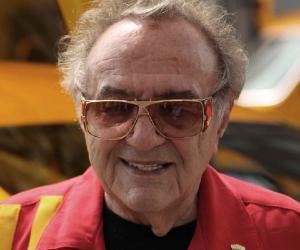
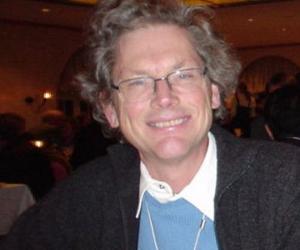
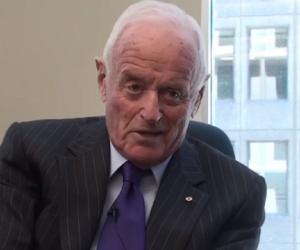
Peter Munk was a Hungarian-Canadian investor, businessman, and philanthropist. He is credited with founding numerous high-profile business ventures, such as Clairtone Sound Corporation Limited, Barrick Gold Corporation, and TrizecHahn Corporation. He also helped found the Peter and Melanie Munk Charitable Foundation which has given away over $300 million to various non-profit organizations that aim at improving the lives of Canadians.
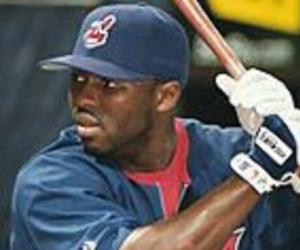
Nobel Prize-winning Chinese physicist Charles K. Kao is best remembered for his discovery of how light is transmitted through fibre-optic cables. Named the Godfather of Broadband, he was also knighted by the U.K. Following his diagnosis of Alzheimer disease, he co-founded the Charles K. Kao Foundation for Alzheimer’s Disease.
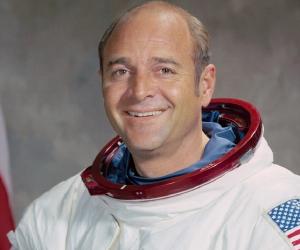
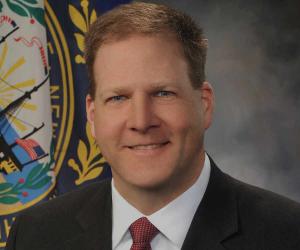
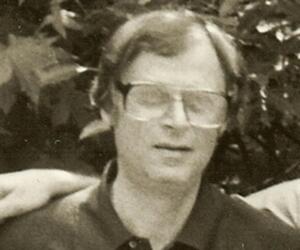
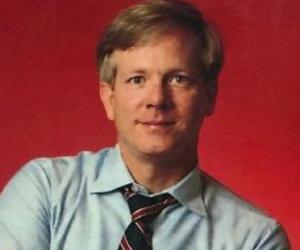
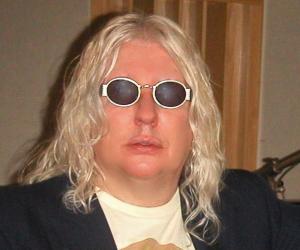
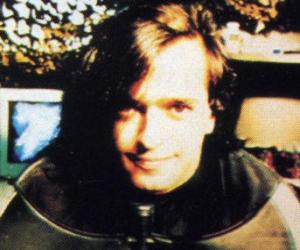
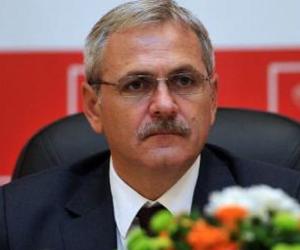
Starting his career in politics with the Democratic Party, Romanian politician Liviu Dragnea eventually switched to the Social Democratic Party and became its leader. He also served as the deputy prime minister of Romania and the president of the Chamber of Deputies. He was involved in a major corruption scandal, too.
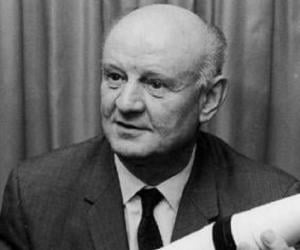
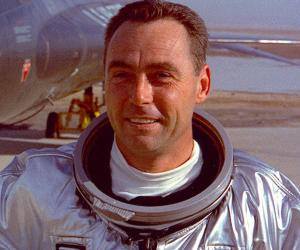
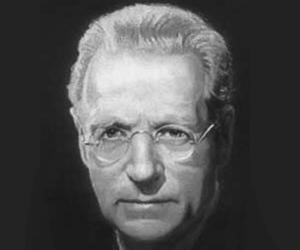
Known as the Mad Mechanic, Harry Ferguson was the man behind the invention of the modern tractor, popularly known as the Wee Grey Fergie. He was also the first Irish to build and fly his own plane. His legacy lives on in the Massey Ferguson brand of agricultural machinery.
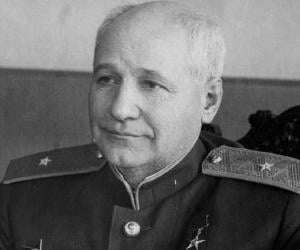
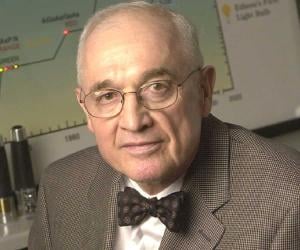
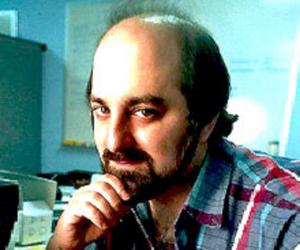
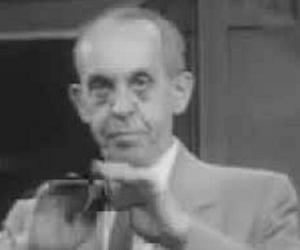
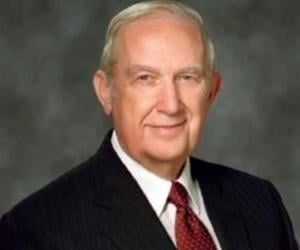
Richard G. Scott was an American religious leader and scientist. He played a prominent role in the development of the Mormon Church, serving as an important member of one of the Church's governing bodies, the Quorum of the Twelve Apostles. Before becoming an important member of the Church, Scott worked for Naval Reactors as a nuclear engineer.
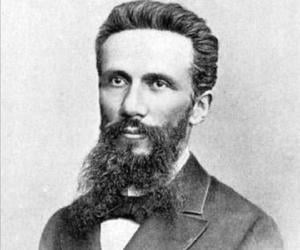
Galileo Ferraris was an Italian university professor, physicist, and electrical engineer. He was one of the pioneers of AC power system. He is also credited to be the inventor of the three-phase induction motor although he never patented his work. He worked at the Italian Industrial Institution and later at the Italian Electrotechnical Association.
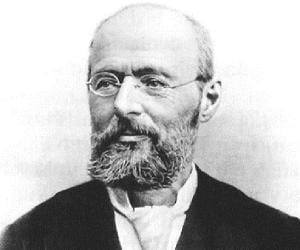
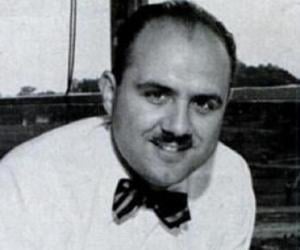
Aeronautical engineer Frank Piasecki was the first American to get a helicopter pilot’s license. Remembered as the pioneer of the tandem rotor design of helicopters, also known as the Flying Banana model. The National Medal of Technology winner had also designed the first helicopter for the American navy.
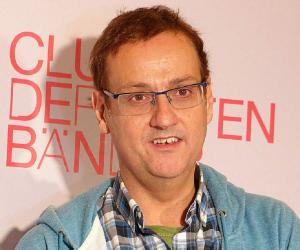
A qualified industrial engineer, Albert Espinosa was diagnosed with cancer at age 14 and lost a leg, among other body parts, to the disease. Following his recovery, he ventured into screenwriting and also penned bestsellers such as The Yellow World. His life inspired the series The Red Band Society.
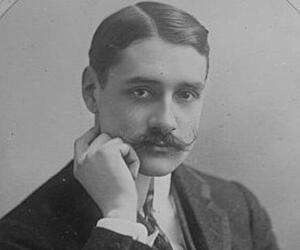
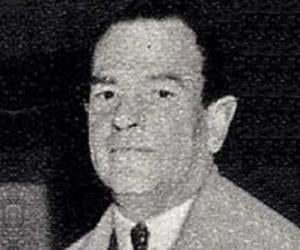
Charles Bedaux was a French-American millionaire and production engineer. He is credited with developing the Bedaux System, which decides the amount of money to be paid for a given amount of time. A reliable management consultant, Charles Bedaux worked closely with Nazis and British royalty alike.
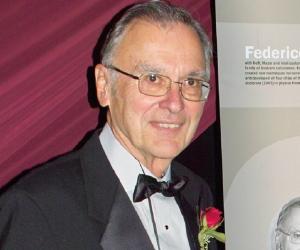
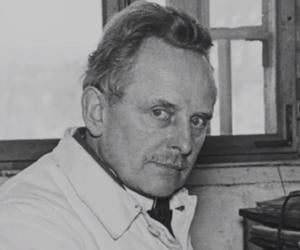
Oskar Barnack was a German photographer and inventor. He is credited with building a device, which would later become the first successful 35mm still-camera. Barnack developed the camera, which was named Leica, at the Leitz Company where he was working as an engineer. Oskar Barnack is also credited with creating news images, which he made with his 35 mm camera.
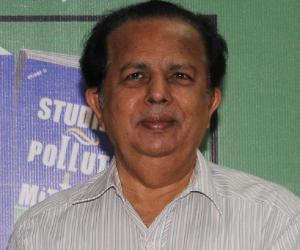
G. Madhavan Nair is an Indian space scientist who played a key role in the development of space technology while serving as the chairman of the Indian Space Research Organization (ISRO). He is also credited with establishing the Indian Institute of Space Science and Technology in Kerala. In 2009, Nair was honored with the Padma Vibhushan, India’s second-highest civilian award.
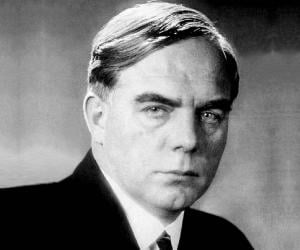
Initially a surveyor, Thomas Brassey later built some of the most well-known railway lines of the world. The British contractor contributed to the Grand Junction Railway, Canada’s Grand Trunk Railway, and the Crimean Railway. He later also became a Liberal MP and a governor of Victoria, Australia.

Anil Kakodkar is an Indian mechanical engineer and nuclear physicist who served as the director of the Bhabha Atomic Research Centre (BARC) from 1996 to 2000. He is one of the core members of the team which conducted Pokharan II nuclear tests. Over the course of his career, Kakodkar has received several prestigious awards, such as the Padma Bhushan and Padma Vibhushan.
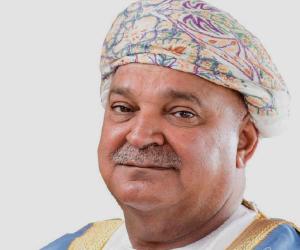
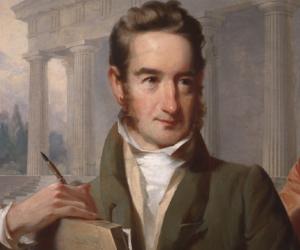
Known for his pioneering written work on railroad construction, engineer and architect William Strickland was also one of the leaders of the 19th-century Greek Revival style of architecture. He designed structures such as the US Mint, contributed to the Pennsylvania Railroad Company, and was also one of the first American lecturers of architecture.

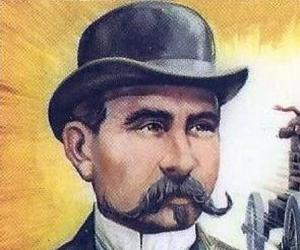
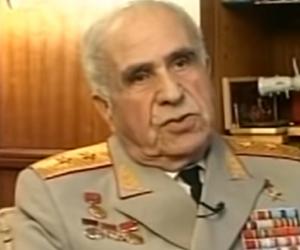
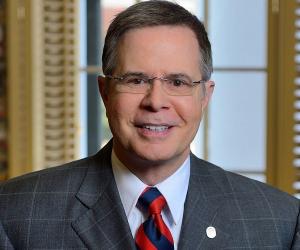
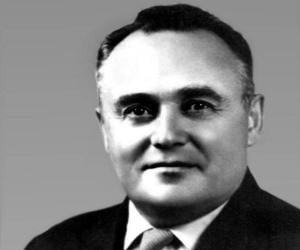
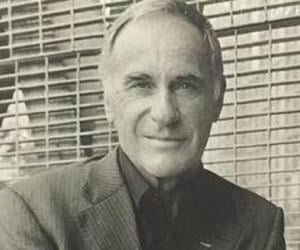
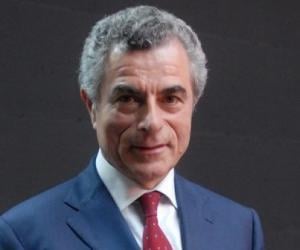
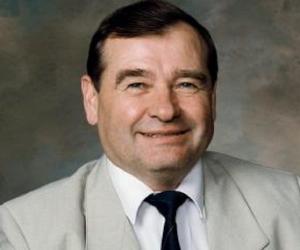
Initially a coppersmith at the Russian aircraft manufacturer OKB-1, or RSC Energia, Gennady Strekalov later joined the company’s engineer cosmonaut group. He not only flew 5 times in space, but was also part of the first Russian-American collaborative flight to the Mir space station. He was made a Hero of the Soviet Union.
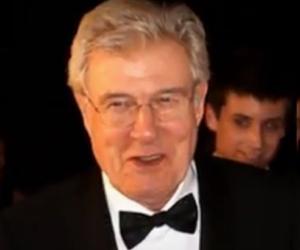
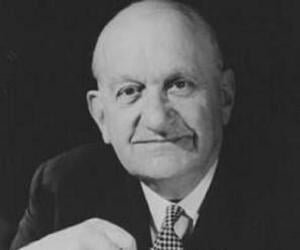

British engineer Arthur Woolf was a pioneer of the compound steam engine. Starting his career as a carpenter, he later worked for Joseph Bramah. While working at a London brewery, he began working with steam power and ended up inventing the Woolf high-pressure compound engine, almost twice efficient as James Watt’s engine.
